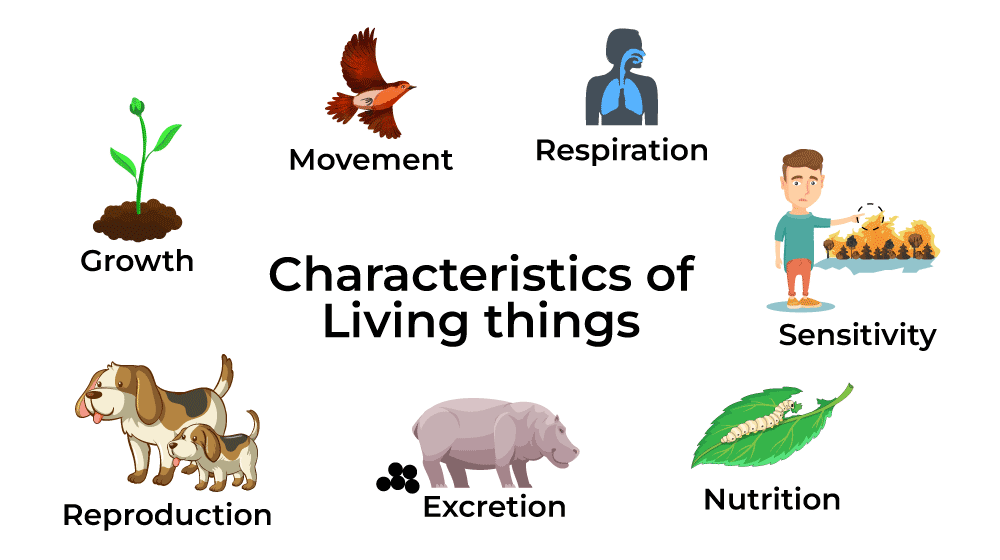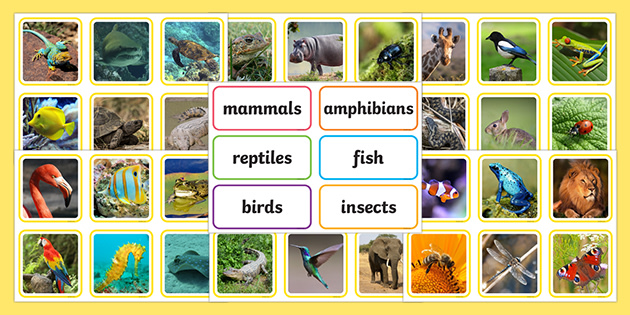Primary 4 - Science

This term, as part of our learning in Science, we are finding out about living and non living things. Children are learning to explain the difference between living and non-living things, taking into consideration movement, reproduction, sensitivity, growth, excretion and feeding.

This week we started to learn about animal classifications. Animals are divided into two main groups – animals that have a backbone are called vertebrates and animals that don’t have a backbone are called invertebrates. We found out about the six animal groups: mammals, birds, fish, reptiles, insects and amphibians and identified what the animals in each group have in common.
Karlie – Amphibians live on land and water.
Jessica – Fish have fins to move around and gills to breathe.
Damon – Humans are mammals.
Bella – Birds have got feathers, wings and a beak. Some birds are really big and some are small.
Ellie – Reptiles have dry skin and scales and they can lay eggs too.
Cody – I liked sorting the animals.
Alexander – Frogs and toads are amphibians.




